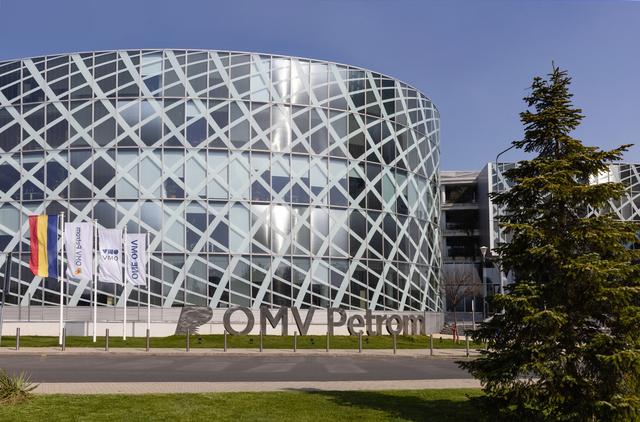OMV Petrom, NewMed Energy to explore Bulgarian offshore block

OMV Petrom has partnered with a subsidiary of NewMed Energy to advance exploration efforts in the Han Asparuh offshore block in Bulgaria. The closing of the transaction is expected to take place in H1 2025, pending commercial conditions and approval of the Bulgarian relevant authorities.
OMV Petrom will transfer 50% interest in the project to NewMed Energy Balkan, while maintaining its role as operator. In exchange, NewMed Energy will bear a significant part of the costs of the exploration and appraisal operations.
Han Asparuh is an exploration block located in the western Black Sea in Bulgaria, south of the Neptun Deep block in Romania, and has an area of 13,712 sq km with water depths slightly below 2,000 m. Exploration activities started in 2012 and included geological and geophysical surveys and the drilling of three exploration wells. An extensive 3D seismic campaign was finalized in May 2020 to identify potential drilling targets.




